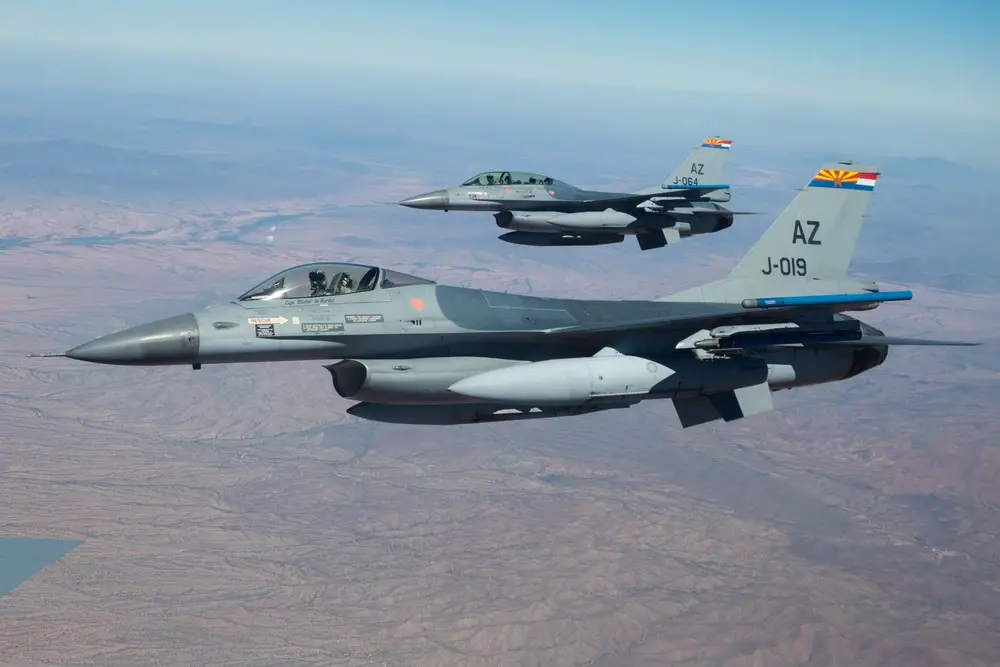In a significant development signaling the United States’ commitment to global security and cooperation, the Biden administration has formally notified Congress about the potential transfer of 38 F-16 fighter jets and four P-3 maritime patrol aircraft to Argentina. This strategic move is part of a comprehensive effort to enhance Argentina’s military capabilities and foster regional stability. The proposed arms package, which includes equipment from Denmark and Norway, underscores the multifaceted considerations that went into this decision, marking it as a calculated step towards bolstering Argentina’s defense infrastructure. The U.S. Department of State’s notification to Congress, sent in July, accentuates the complex blend of factors taken into account during the deliberation process. Political, military, economic, human rights, and arms control considerations have all been thoughtfully weighed. This holistic approach demonstrates the administration’s commitment to upholding international norms while concurrently supporting allies’ defense needs.
The proposed arms package, estimated at a total value of approximately $447.1 million, carries immense strategic significance. The inclusion of up to 38 F-16 fighter jets represents a pivotal upgrade to Argentina’s air force. While the aircraft include older variants like the Block 10 and Block 15, their capabilities remain formidable, offering Argentina an immediate enhancement to its air combat capabilities. This modernization aligns seamlessly with Argentina’s ongoing efforts to revitalize its air force, strengthening its deterrence capabilities and regional influence. Equally noteworthy is the transfer of four P-3 maritime patrol aircraft from Norway. Among them is an aircraft with anti-submarine warfare capabilities, a crucial addition that considerably augments Argentina’s maritime surveillance and reconnaissance capabilities. This enhancement is pivotal for safeguarding territorial waters and addressing potential submarine threats, thereby securing maritime interests and contributing to regional stability. The timing of this proposed arms package is particularly opportune. As Argentina seeks to retire its aging fleet of fighters and P-3B patrol aircraft, this potential transfer comes as a well-timed solution. The U.S. Congress’s approval would pave the way for the acquisition and eventual deployment of these advanced military assets, aligning with Argentina’s defense modernization objectives.
Critics might raise concerns over the cost and potential implications of transferring military equipment to another nation. However, it is essential to view this transfer within the broader context of U.S. foreign policy objectives. Strengthening the defense capabilities of allied nations serves to promote regional stability, foster diplomatic ties, and enhance collective security efforts. In this light, the proposed transfer is a strategic investment in both Argentina’s security and the broader stability of the South American region. In conclusion, the Biden administration’s decision to notify Congress about the potential transfer of F-16 fighter jets and P-3 maritime patrol aircraft to Argentina signifies a calculated and strategic move to bolster the nation’s defense capabilities. The comprehensive consideration of various factors underscores the commitment to responsible arms transfers and international norms. As Argentina seeks to modernize its air force and navy, this proposed arms package not only addresses critical defense needs but also fosters regional stability and collaboration. Ultimately, this move serves as a testament to the enduring partnership between the United States and its allies in the pursuit of a more secure and stable world.















